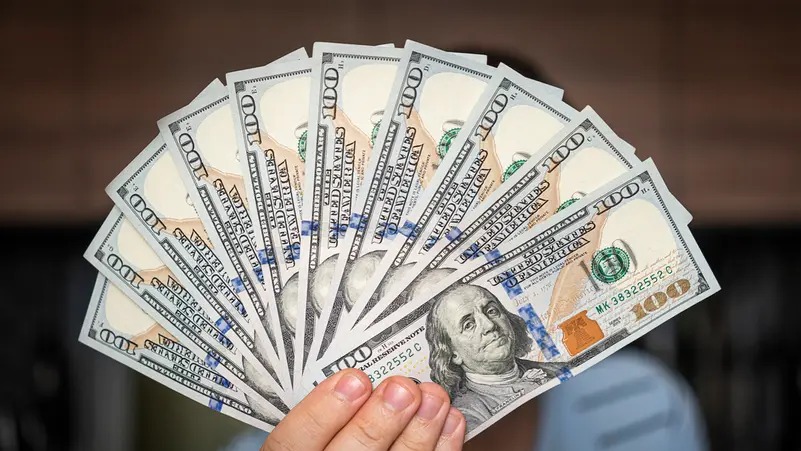The continued rise of the U.S. dollar has triggered declines in Asian currencies such as the Japanese yen, South Korean won, Chinese yuan, and Indian rupee, pushing them to their lowest levels in years against the greenback.
Analysts note that while weaker currencies might boost export competitiveness, especially amid U.S. President-elect Donald Trump's tariff threats, Asian central banks must weigh the impact on imported inflation and avoid speculative bets on prolonged currency weakness, which could complicate policymaking.
Dollar Surge Since Trump’s Election
The dollar has surged sharply since Trump’s victory in the 2024 presidential election, rising by about 5.39% since the November 5 election.
Part of the dollar's strength is attributed to Trump's campaign promises, such as imposing tariffs and cutting taxes, which economists believe are inflationary.
Federal Reserve officials, during their December meeting, expressed concerns over inflation and the potential effects of Trump’s policies. They indicated that they might move cautiously regarding rate cuts due to the uncertainty.
Impact on Asian Currencies
The widening yield gap between U.S. bonds and those of several Asian countries has reduced the appeal of low-yielding assets, pushing major Asian currencies lower. This has prompted interventions by central banks, such as the Bank of Japan and the Reserve Bank of India, to support their currencies.
James Ooi, a market strategist at Tiger Brokers, noted that the strong U.S. dollar poses challenges for Asian central banks by increasing inflationary pressures through higher import costs and depleting foreign reserves if they intervene to stabilize their currencies.
China
The Chinese yuan fell to a 16-month low of 7.3361 on January 7, driven by rising U.S. Treasury yields and a strong dollar.
While a weaker yuan could boost Chinese export competitiveness, it limits the People's Bank of China’s ability to cut interest rates without risking increased capital outflows. This necessitates adopting a more flexible monetary policy to support domestic growth.
Japan
Japan spent over 15.32 trillion yen in 2024 to support its currency after it hit multi-decade lows of 161.96 in July. Despite interventions, the yen remains weak at around 158 to the dollar.
The strong dollar could partly help Japan achieve its inflation goals. After decades of battling deflation, Japan's inflation has exceeded the Bank of Japan’s 2% target for 32 consecutive months. However, the Bank of Japan acknowledged that a weaker yen may increase imported inflation.
Analysts at Morningstar emphasized that the strong dollar pressures the Bank of Japan to raise interest rates to support the yen and mitigate inflation risks.
South Korea
The South Korean won fell sharply to 1,476 against the dollar in December, its weakest since 2009, prompting intervention by the Bank of Korea.
Despite the won's weakness, the Bank of Korea prioritized stimulating domestic growth, unexpectedly cutting rates by 25 basis points at its November meeting.
The bank stated: "Despite increased exchange rate volatility, downward pressures on economic growth have intensified. The board deemed it appropriate to lower the base rate further to mitigate downside risks to the economy."
However, political uncertainty overshadowed these measures when President Yoon Suk-yeol declared martial law in early December, later rescinded, leading to his impeachment.
The Bank of Korea held an emergency meeting on December 4, pledging to provide sufficient liquidity until financial and foreign exchange markets stabilize. These measures will remain in place until February.
India
The Indian rupee fell to a record low of 85.86 on January 8, pressured by the strong dollar and foreign investor sales.
India is also grappling with slowing growth, with its GDP growth for Q2 of the fiscal year ending September at 5.4%, below expectations and the lowest since late 2022.
At its December monetary policy meeting, the Reserve Bank of India kept interest rates steady at 6.5% in a split decision, with two board members favoring a 25 basis point cut.
Should India opt to cut rates to stimulate growth, which would further weaken the rupee, the Reserve Bank is well-equipped to handle sudden capital outflows or sharp currency declines. Analysts at Citi Wealth highlighted that the rupee is among the world’s most stable currencies, supported by the central bank’s large foreign reserves.












